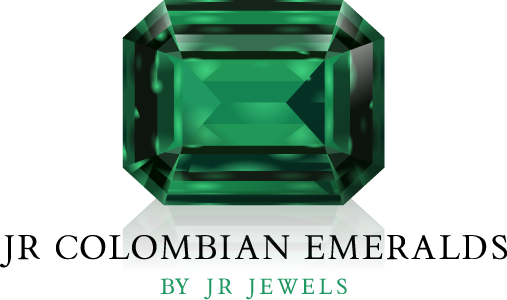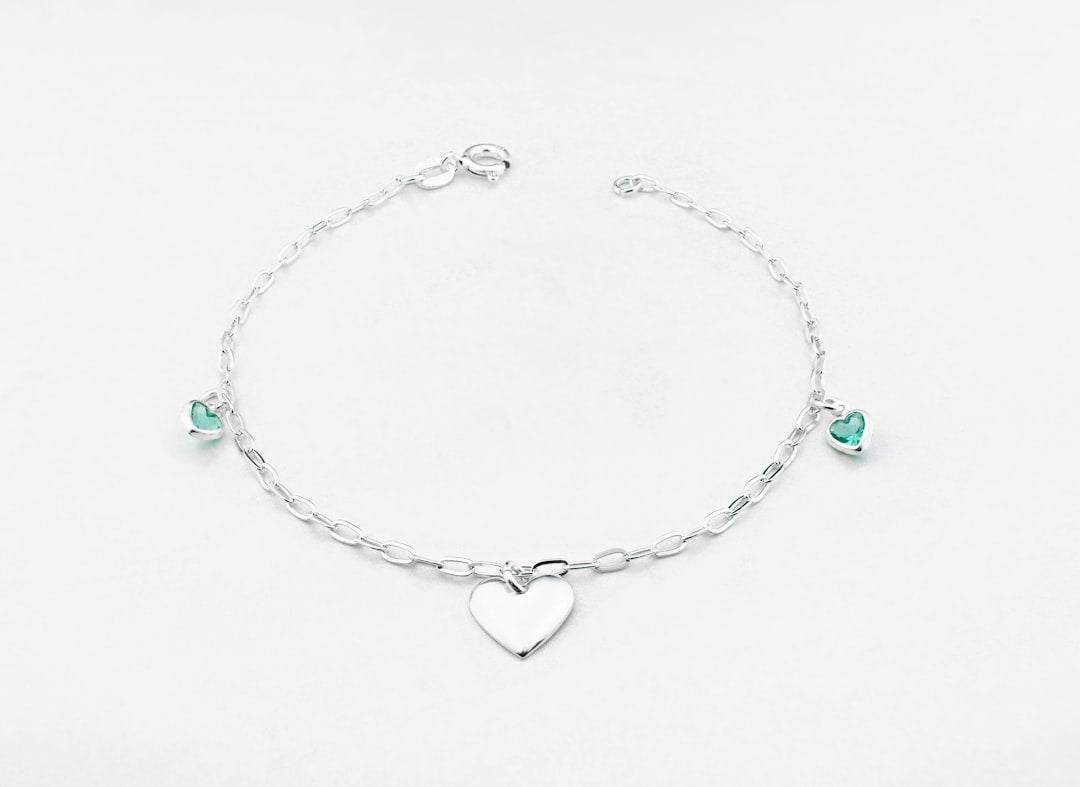Emerald is a stunning and captivating gemstone known for its rich green color. Its color is one of the defining characteristics that make it so valuable and sought-after. However, not all emeralds are the same, and their hues can vary significantly. From light and bright to deep and dark, emerald color hues can range from bluish-green to yellowish-green.
As a result, understanding the different variations of emerald green color hues is essential for anyone looking to purchase or appreciate this precious gemstone. In this article, we will explore the various shades and tones of emerald green, what causes these variations, and how to identify them.
Whether you are a gemstone enthusiast, a jeweler, or someone simply interested in learning more about emeralds, this guide will provide valuable insights into the fascinating world of emerald color hues. So, let's dive in!
The Science Behind Emerald Color: the Role of Chromium and Vanadium
The green color of emerald is a result of the presence of trace elements, primarily chromium, and vanadium, within the mineral. The amount and combination of these elements determine the hue and saturation of the gemstone's color. Chromium is the most critical element in creating the green color in emeralds, while vanadium can produce blue or yellowish-green tones.
The absorption of light by chromium ions in the crystal lattice of the emerald results in the gemstone's characteristic green color. The chromium ions absorb light in the red and yellow parts of the visible spectrum while allowing green light to pass through. This selective absorption of light gives emeralds their unique color.
Vanadium also plays a role in the color of some emeralds. In some instances, vanadium can replace some of the chromium atoms in the crystal structure of the emerald, leading to a blue-green hue. In other cases, vanadium can produce a yellowish-green tone.
Light vs. Dark: Exploring the Range of Emerald Color Intensity
Emeralds come in a variety of intensities, ranging from light and bright to deep and dark. The intensity of an emerald's color is determined by the amount of chromium or vanadium present in the gemstone. The more chromium present in the crystal structure, the darker and more intense the green color of the emerald.

Lighter emeralds, on the other hand, have less chromium and appear more yellow-green or blue-green. The brightness of an emerald's color is also influenced by the amount of natural light it receives. A well-lit emerald can appear more brilliant and lively than one in dim lighting.
How the Intensity Impacts the Value of Emeralds
The intensity of an emerald's color can impact its value. Darker, more intense green emeralds are generally considered more valuable due to their rarity and aesthetic appeal. However, personal preferences and fashion trends can also influence the desirability of lighter or darker emeralds.
When selecting an emerald, it is essential to consider its intensity and how it complements your skin tone and jewelry design. A lighter emerald can look stunning in a delicate, feminine setting, while a darker emerald can create a bold and dramatic look.

Ultimately, the choice between light and dark emeralds comes down to personal taste and individual style.
Note: The best emerald will be in a slightly bluish, vivid green color.
How to Identify Blue-Green, Yellow-Green, and Other Tones in Emeralds
While emeralds are primarily known for their lush green color, many gems may also exhibit secondary hues. These secondary hues can include blue-green, yellow-green, and other variations. The presence of these hues can influence the overall appearance and value of the emerald.
Blue-Green: Blue-green secondary hues in emeralds are the result of vanadium or iron present in the crystal structure. These hues can give the emerald a cooler appearance, which may be desirable for certain designs or fashion trends.
Yellow-Green: Yellow-green secondary hues are caused by the presence of iron. This can give the emerald a warmer, more golden appearance.
Gray and Brown: Other secondary hues that may be present in emeralds include gray and brown. These hues can sometimes detract from the overall beauty of the emerald, but they can also add character and uniqueness to the gemstone.
When evaluating an emerald, it is essential to consider the presence and intensity of any secondary hues. While some secondary hues may enhance the emerald's beauty and value, others may detract from it.
Uncovering the Most Sought-After Emerald Color Hues | Emerald Green
While emeralds come in a range of colors and hues, some are more rare and valuable than others. The most sought-after emerald color is a pure, vivid green with no secondary hues. These emeralds are known as "emerald green" and are the most classic and traditional of all emerald colors.
Another rare and valuable emerald color is the deep, dark green, sometimes referred to as Jungle Green. These emeralds are highly prized for their rich and intense color. The ideal jungle green emerald should have a high level of transparency and a deep, even saturation.
Mint Green: In addition to the classic emerald green and jungle green, there are other rare and valuable emerald color hues. For example, a light, bright green hue with a slight bluish undertone is known as Mint Green. These emeralds are particularly popular in modern and trendy jewelry designs.
Cat’s Eye: Another sought-after emerald color is the "cat's eye" variety, which has a distinctive band of light that moves across the surface of the stone. This unique phenomenon is caused by the reflection of light from tiny parallel inclusions within the emerald.

Choose the Best: Tips for Evaluating Emerald Color
Evaluating emerald color can be a complex and nuanced process, but there are a few key factors to consider when selecting the best emerald for your needs. Follow these tips for evaluating emerald color:
- Hue: The primary hue of the emerald should be a rich, vibrant green. Look for emeralds with minimal or no secondary hues, which can detract from the stone's beauty.
- Saturation: The saturation of an emerald refers to the intensity of its color. The best emeralds will have a high level of saturation, with a deep and even green color.
- Transparency: Transparency is the degree to which light can pass through the emerald. The best emeralds will have a high level of transparency, with minimal inclusions or other imperfections that can affect the stone's appearance.
- Lighting: The color of an emerald can be affected by the lighting in which it is viewed. It is best to evaluate emeralds in natural daylight or under a full-spectrum light, which can provide the most accurate representation of the stone's color.
- Personal preference: Finally, the choice of an emerald comes down to your personal preference. Some may prefer a lighter or darker hue, while others may prefer the presence of secondary hues. Choose the one that speaks to your individual taste and style.
By considering these factors, you can evaluate emerald color and select the best stone for your needs. Whether you are looking for a classic emerald green or a more unique hue, there is an emerald out there that will suit your preferences and budget.
Visit our store JR Colombian Emeralds for a stunning collection of authentic Colombian emerald jewelry. Click here



Leave a comment
This site is protected by hCaptcha and the hCaptcha Privacy Policy and Terms of Service apply.